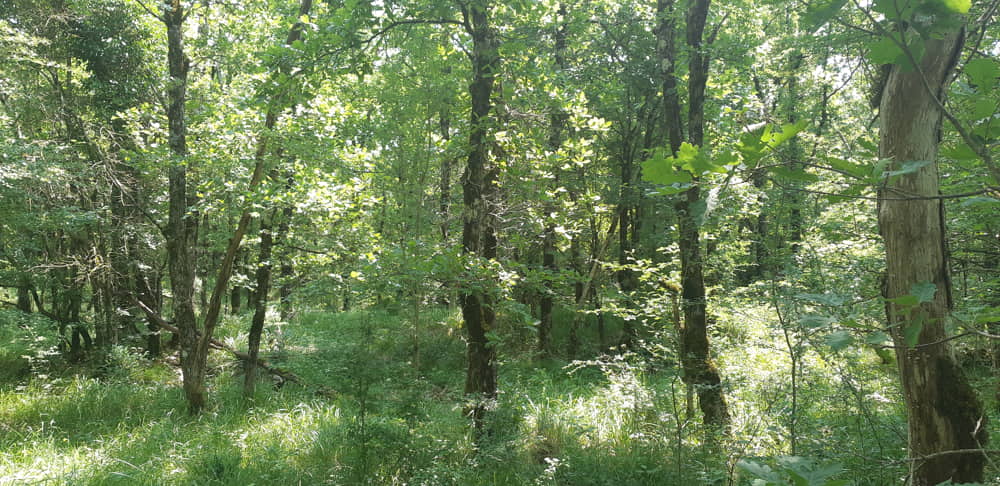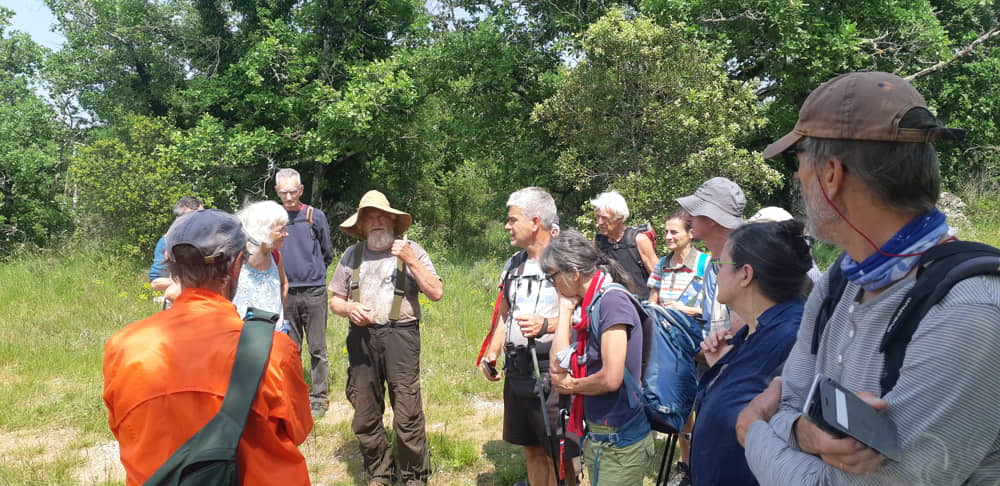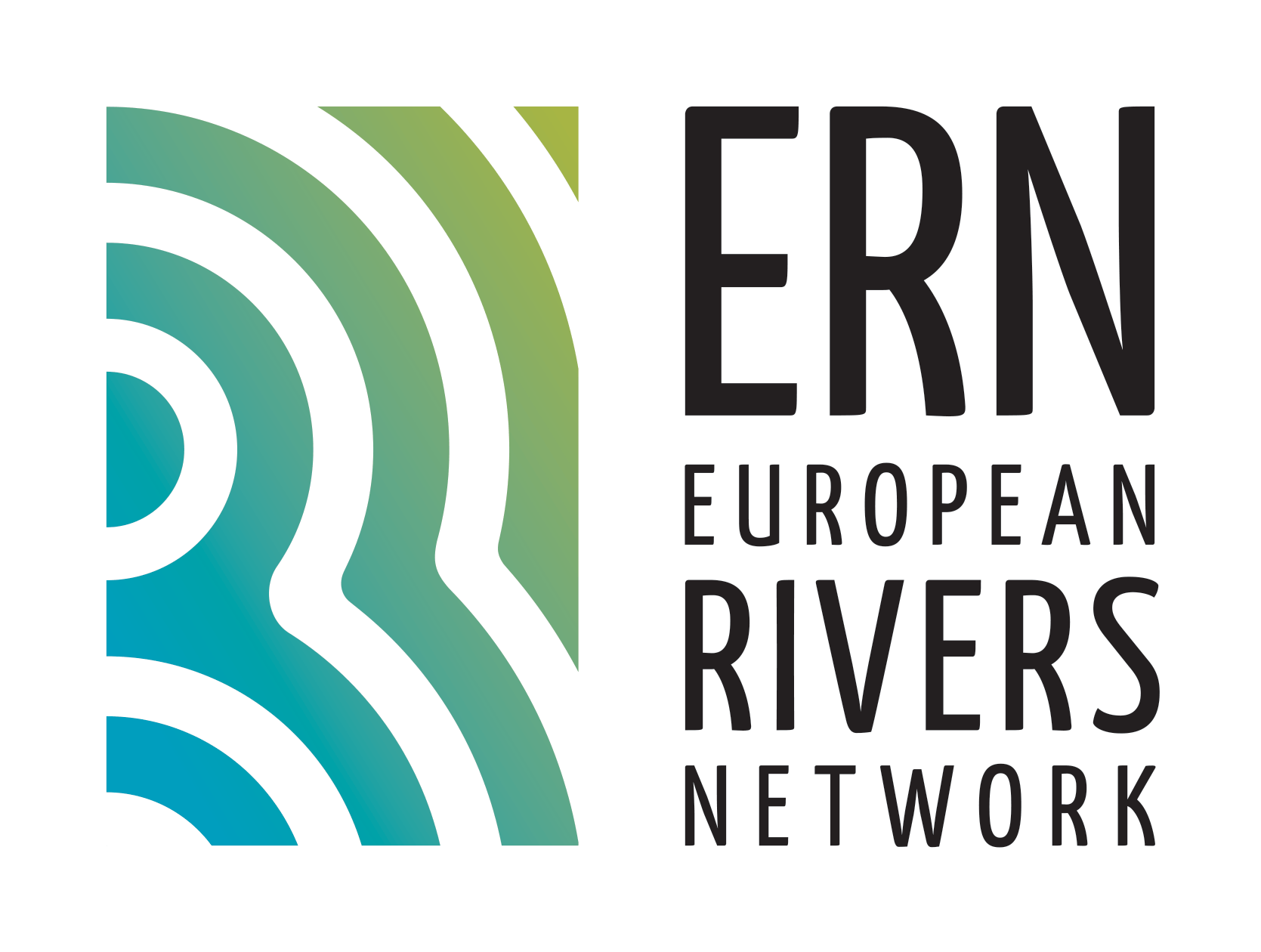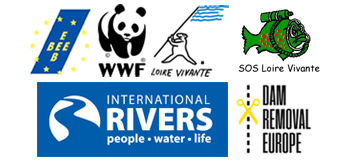A look back at the exchange and training days on the voluntary protection of private natural areas
Since 1989, the association SOS Loire vivante – ERN has successfully protected the Upper Loire Valley between Mont Gerbier de Jonc and Le-Puy-en-Velay, 60 km of gorges and valleys, the wildest in the entire Loire region. Its civic and activist victories have enabled its preservation, but in a context of agricultural decline and a desire to pass on the land, a new approach complementary to regulatory protection must be initiated to ensure long-term protection.
By including landowners in the process, SOS Loire Vivante – ERN aims to create the ” Collective Protection of the Upper Wild Loire Valley,“ a project that will rely on voluntary commitments from each landowner across a valley or large area, using, in particular, Environmental Real Obligations (ORE) [1], as the ”voluntary nature reserve” tool no longer exists.
In order to strengthen the sharing of experiences between landowners in other basins, SOS Loire Vivante – ERN, with around twenty members, visited the Vis Valley in early June to study the case of the Lo Ranquas “voluntary reserve,” a 250-hectare site that is particularly interesting due to its size and the presence of golden eagles. The program included a visit to the reserve with a presentation of the management choices implemented over the past 40 years and a round table discussion with SOS Loire Vivante-ERN, the president of Euronatur, the Horizons Séranne association, and the owners of Ranquas, highlighting the similarities and differences between the situation in the Upper Loire Valley and the Vis Valley in terms of the means for ensuring the long-term sustainability of the ecological management of the sites.
It emerged that Real Environmental Obligations (ORE) are a key tool for ecosystem conservation and sustainable property management. However, in the context of coherent management of large areas and/or with several owners, the associations considered complementary tools, in particular the possibility of creating an endowment fund. This fund would provide additional protection for the areas by offering owners more options and support, such as donations and bequests, and organizing fundraising to ensure the management of the sites. The fund could also play a role in the co-contractualization of OREs and guidance towards appropriate management structures. In the medium term, the coordination of the network of landowners would enable new owners to join a global and regional project. Finally, the fund would make it possible to promote large entities that are collectively and voluntarily protected, whether on the Vis, in the Haute Loire, or elsewhere.
These are very promising discussions, which will naturally be followed up:
More information on the two territories involved in the experiment: Review of the exchange and training days on the voluntary protection of private natural areas
Horizons Séranne | Gîte L’ Aire de la Séranne – Home
Haute Vallée de la Loire – Un lieu à découvrir
[1] The ORE is a voluntary land-based environmental protection mechanism that is unique in that it is contractual and can be invoked by any landowner. Codified in Article L. 132-3 of the Environmental Code and included in a contract signed by a notary, it commits the owner of a property (including in the event of a change of ownership) to implement environmental management and protection measures for a period of up to 99 years.

Reserve naturelle du Ranquas ©Corinne Ronot – SOS Loire Vivante

Christian, propriétaire et fondateur de l’association Horizon Séranne, explique les outils de gestion et suivi mis en place ©Corinne Ronot – SOS Loire Vivante

 ERN France
ERN France ERN is the official WWF Freshwater Partner in France and cooperates with WWF Switzerland, Austria, Netherlands and others
ERN is the official WWF Freshwater Partner in France and cooperates with WWF Switzerland, Austria, Netherlands and others

Leave a Reply
Want to join the discussion?Feel free to contribute!